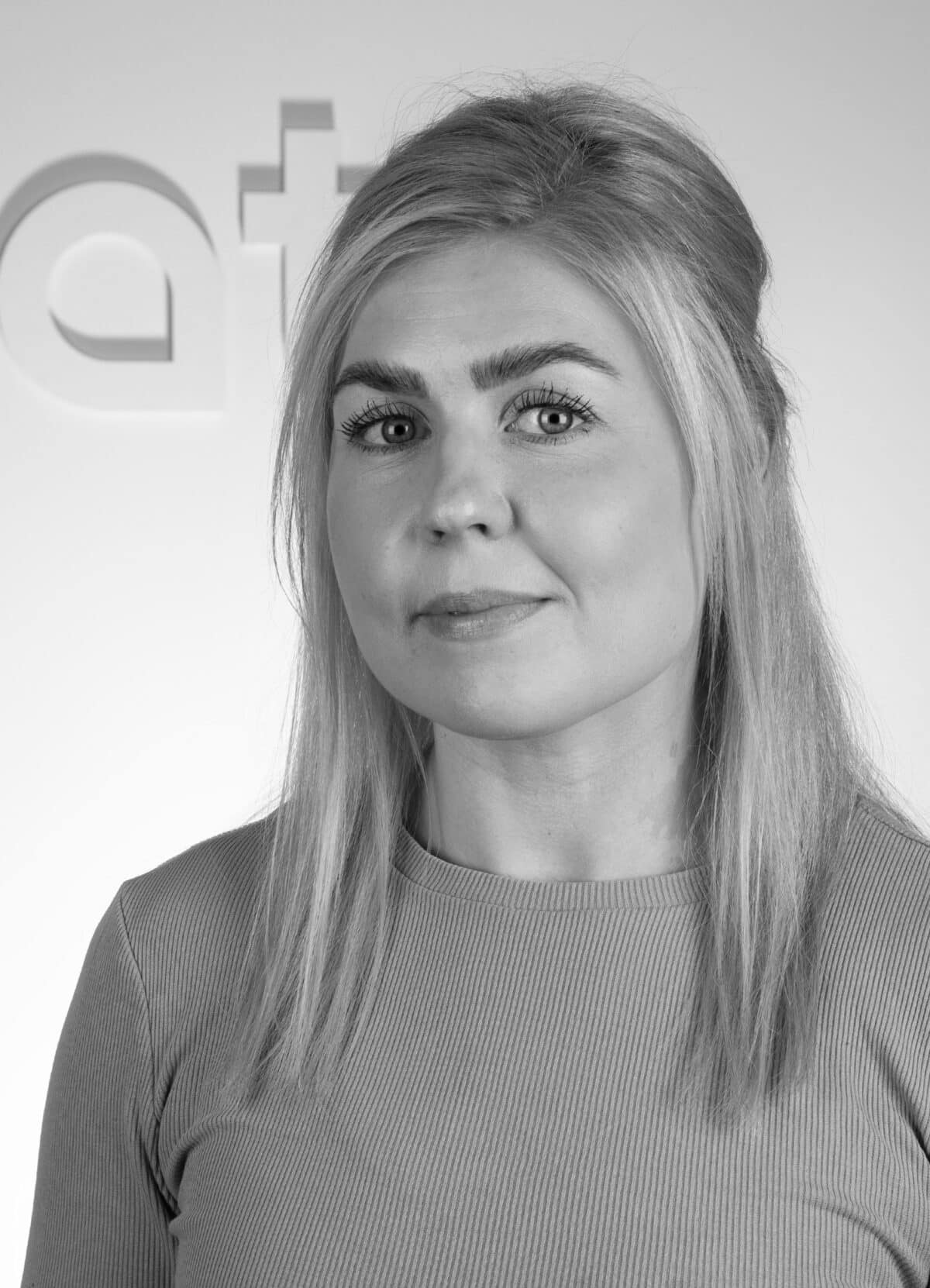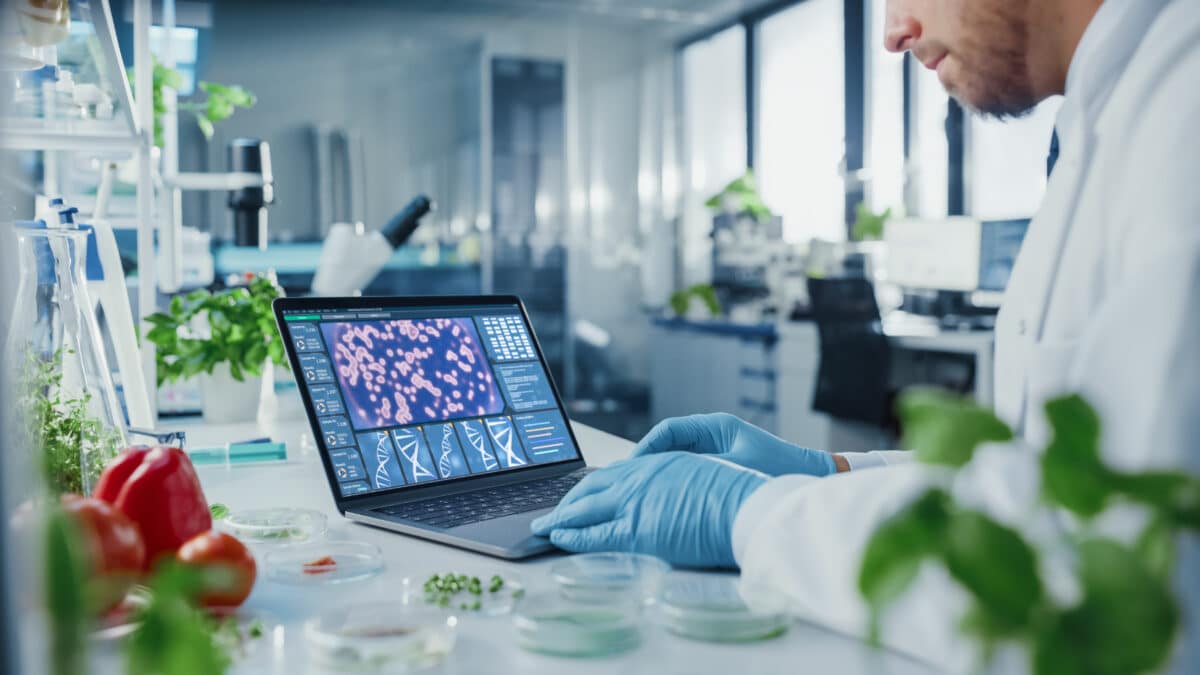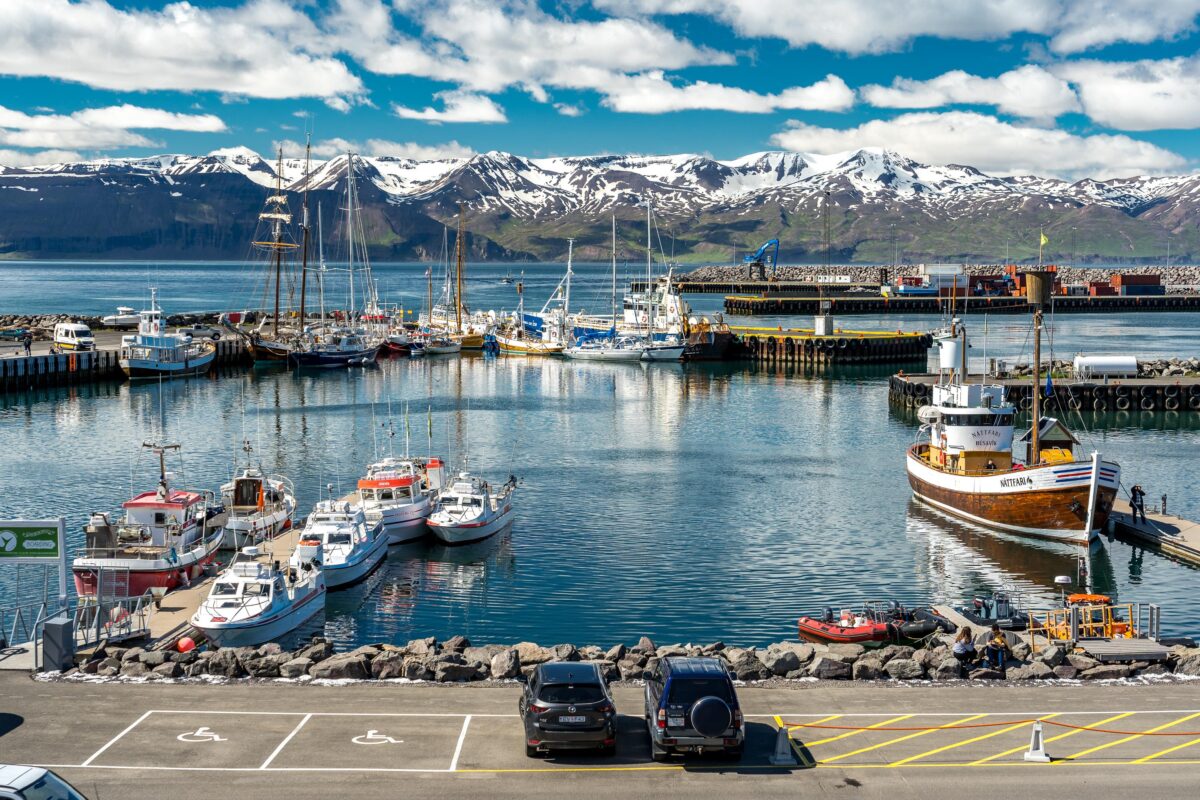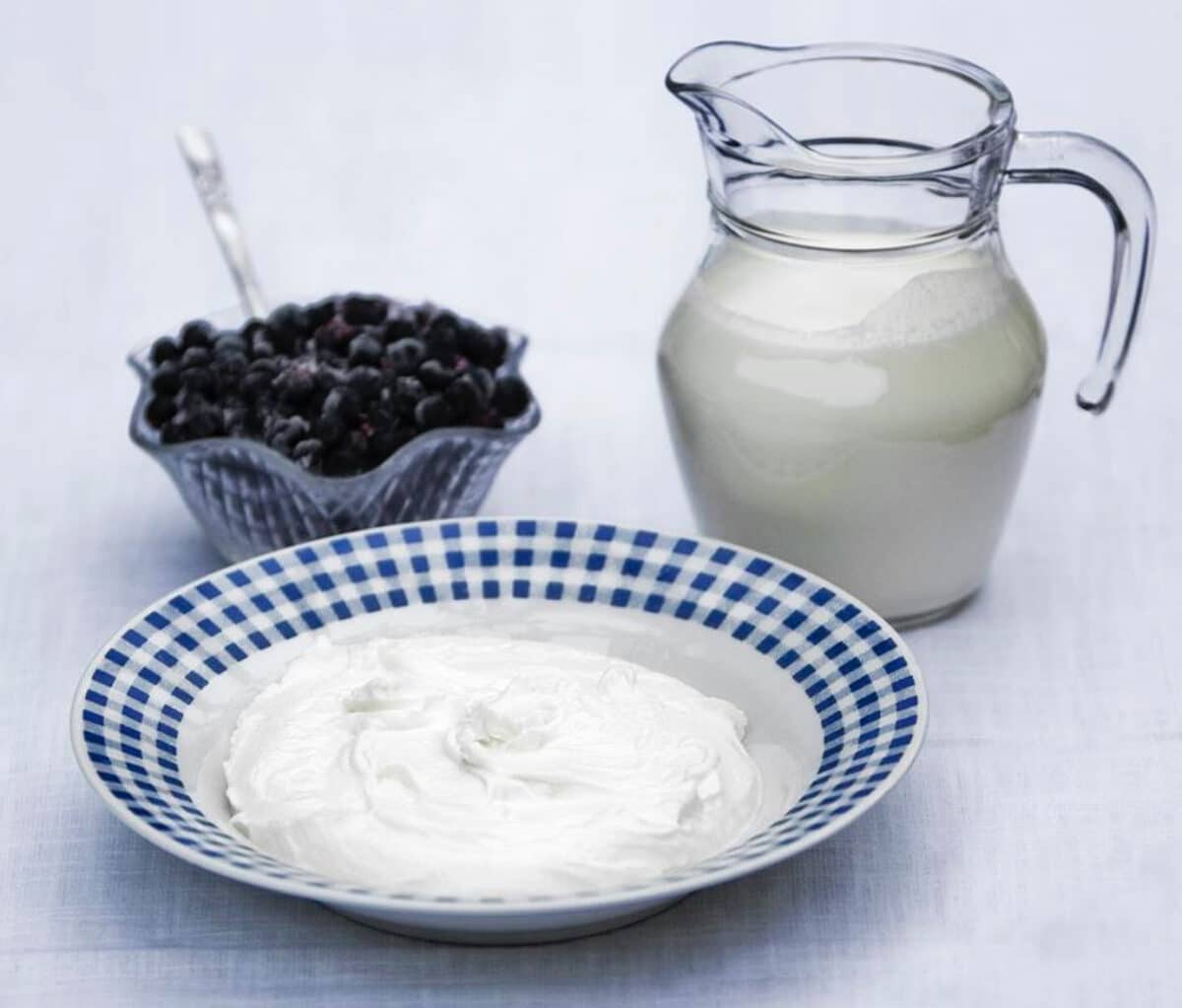Contact
Kolbrún Sveinsdóttir
Project Manager
kolbrun.sveinsdottir@matis.is
Kids cooks is a project that has been in development at Matís since 2017 as a step towards the sustainability goals of the United Nations. Kids cook was developed based on the idea that kindergartens and elementary schools could use the project in an easy and effective way to teach about sustainability and food nutrition through entertainment and education (fun). The project Krakkar kokka was first tested in the fall of 2018 in Skagafjörður in the Elementary School east of Vatna and in Varmahlíðar School. In 2020, Krakkar kokka was connected to the European project WeValueFood, which aimed, among other things, to increase food awareness, interest and knowledge of European children.
A total of six schools within and outside the capital city area started the project in collaboration with Matís and the University of Iceland's School of Education. Children aged 11-12 years old learned about local community consumption and sustainability through entertainers (Krakkar Kokka), who combine education, field trips to source ingredients, cooking and consumption, as well as documentary filmmaking. The impact of the curriculum was assessed with a questionnaire administered to the children before and after the fun education, and with interviews with teachers.
Due to Covid-19, four schools out of six completed the project, and only one school managed to finish within the time frame. However, positive signs of change could be seen, as the children showed more interest in food-related topics after the project, as well as they tried to reduce food waste and paid more attention to information related to food produced in the local environment. Teachers were generally satisfied with the learning material and were interested in continuing to use it.
Project description Kids cooks for schools and videos of school children from the implementation of the project are available on Matís' website: https://www.matis.is/krakkar-kokka/
Funded by the European Union through EIT Food, WeValueFood was a two-year collaborative project of several European universities, research institutes and innovative companies. In addition to Matís in collaboration with the University of Iceland, the Universidad Autónoma de Madrid (UAM-IMDEA) and IMDEA Food Institute in Spain, EUFIC in Belgium, Koppert in the Netherlands, University of Cambridge and University of Reading in Great Britain, University of Helsinki in Finland came to the project , University of Turin in Italy, University of Warsaw in Poland and Flatev in Switzerland. The project was led by the Institute for Global Food Security, Queen's University Belfast, Northern Ireland.
____
Kids Cuisine is a project that has been in development at Matís since 2017 as a step towards reaching the sustainability goals of the United Nations. Krakkar kokka is designed from the viewpoint that primary schools can easily and effectively use the project in education on health, well-being and sustainability, through entertainment and education, combined in edutainment.
The first testing of the implementation of the project took place in the northern part of Iceland (Skagafjordur) during the school year 2018-2019. In autumn 2020, the project implementation was tested again, including evaluation of children's food engagement and teacher's feedback, as a part of the European project WeValueFood, that aimed at increasing European children's food awareness, interest and knowledge.
A total of six schools within and outside the capital area participated in the project in collaboration with Matís and the University of Iceland's Faculty of Education, where 11-12 year old children learned about local consumption and sustainability through edutainment (Krakkar Kokka). The concept was straight forward, combining education, field trips to gather raw material, cooking and consumption, as well as documentary filmmaking of the process. The impact of the curriculum was assessed with a questionnaire administered to children before and after the education, together with interviews with teachers.
Due to Covid-19, four schools out of six completed the project, and only one school managed to finish within the time frame. However, positive signs of change could be seen, as the children showed more interest in food-related topics after the project, as well as they tried to reduce food waste and paid more attention to information related to food produced in the local environment. Teachers were generally satisfied with the learning material and were interested in continuing to use it.
Project description of the Krakkar kokka project for schools and videos of school children from the implementation of the project are available on Matís' website: https://www.matis.is/krakkar-kokka/
WeValueFood was supported by the EU through EIT Food. It was a two year collaborative project between Matis, University of Iceland, Universidad Autónoma de Madrid (UAM-IMDEA) and IMDEA Food Institute in Spain, EUFIC in Belgium, Koppert in the Netherlands, University of Cambridge and University of Reading in England, University of Helsinki in Finland University of Turin in Italy, University of Warsaw in Poland and Flatev in Switzerland. The entire project was managed by the Institute for Global Food Security, Queen's University Belfast, North Ireland.










